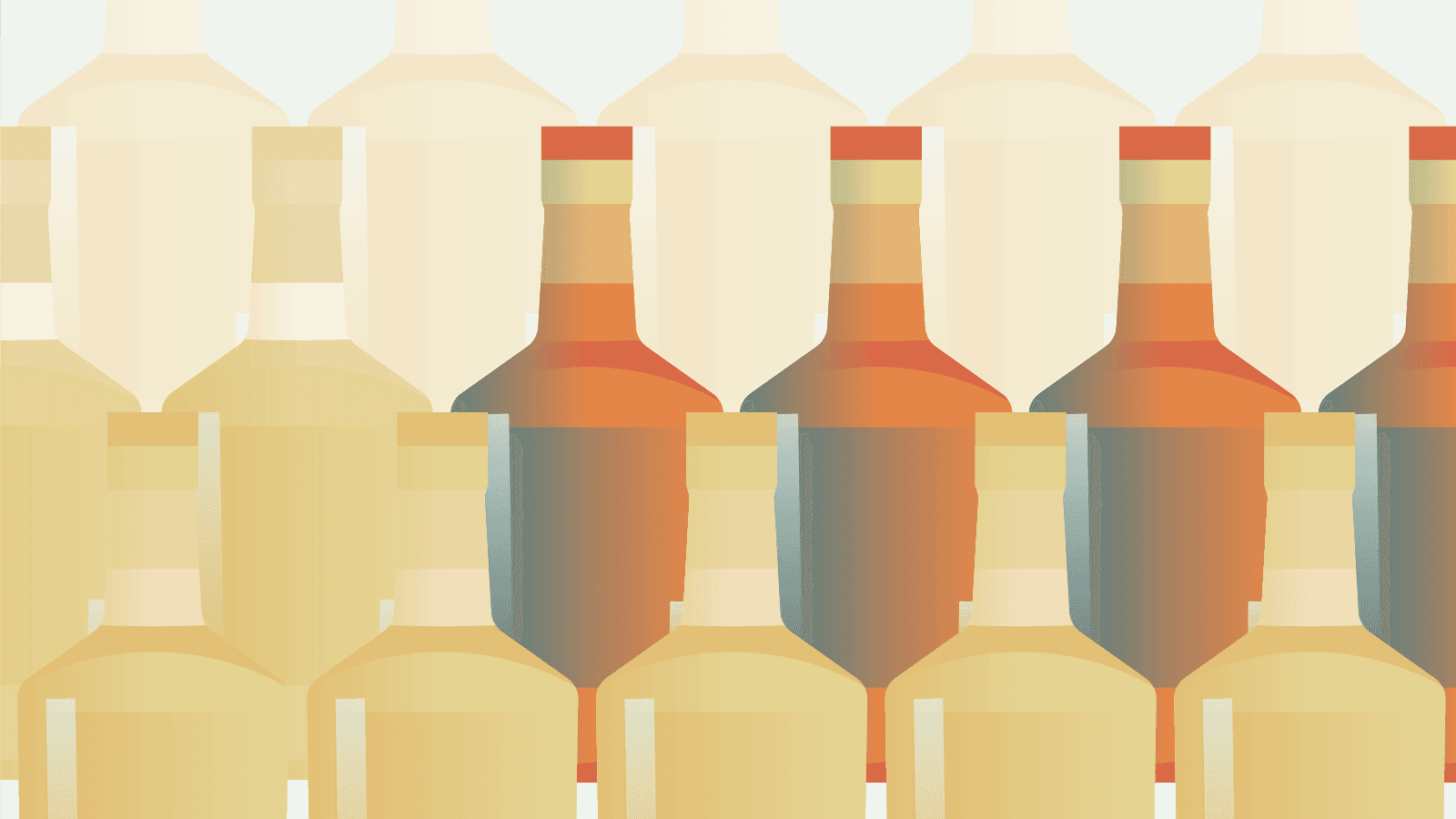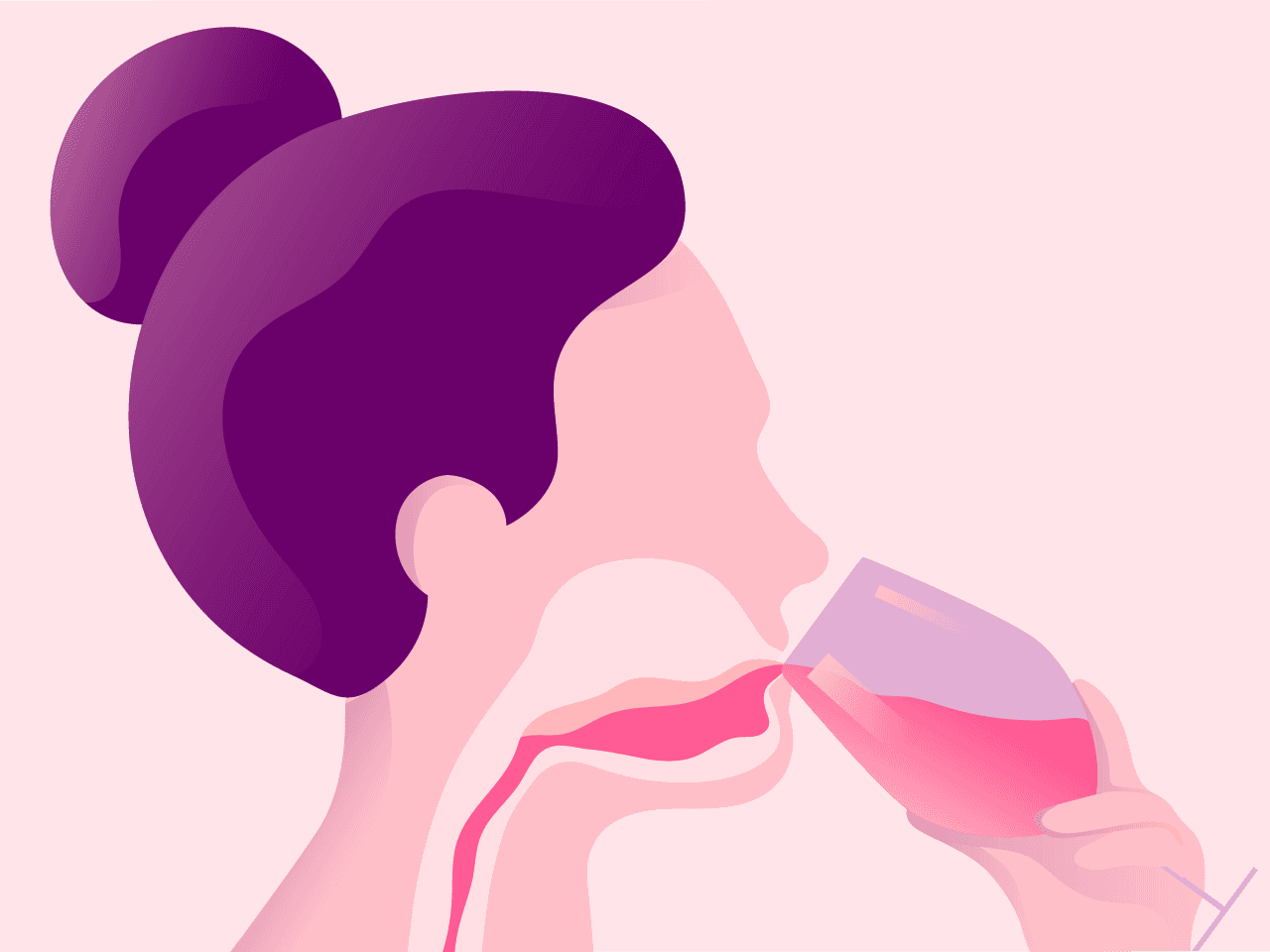False. Spirits contain more alcohol by volume than most wines, which contain more than most beers. But, despite some popular notions, there’s no such thing as ‘hard’ and ‘soft’ alcohol, or, as it’s called in some places, ‘hot’ and ‘cold’ drinks. Beer, wine, distilled spirits and mixed drinks all contain the same type of alcohol called ethanol, which is responsible for the effects you feel regardless of what you’re drinking.
About alcohol
Is it true that beer is better for you than wine? Time to bust some alcohol myths.
There are lots of false ideas out there about alcohol, but can you spot fact from fiction? Time to find out.

Some alcohol beverages like spirits are ‘hard’ and others like beer are ‘soft’.
A common standard drink size is used in all countries to ensure that servings of beer, wine and spirits are the same.
False. There’s no single standard drink size across the world. Different countries define standard drinks or units differently, and the amount of alcohol ranges from eight to 14 grams of ethanol (2). However, within each country, a ‘standard’ serving of beer, wine or spirits is defined in exactly the same way. In practice, drinks are often not served in standard sizes, but the concept of a standard drink is important.
The effect alcohol has on you depends on whether you’re drinking beer, wine or spirits.
False. Beer, wine and spirits all contain the same type of alcohol, ethanol, which has the same effect on your body regardless of what you’re drinking. The important thing is how much ethanol you’re drinking and how quickly. The higher alcohol by volume the drink contains, the smaller the serving (think of spirits compared to beer). However, it’s important to remember that this doesn’t always translate into how drinks are actually served – for example, if you’re drinking at home in glasses that aren’t the standard size.
Standard drinks can help you make sure that your drinking stays within recommended guidelines and doesn’t harm you.
True. Drinking guidelines offer advice on levels and patterns of drinking using ‘standard’ drinks (3). Understanding the concept of a ‘standard’ drink can help you relate your own drinking to recommendations that are consistent with a balanced lifestyle. Drinking in excess of recommended guidelines may increase your risk of harm.



